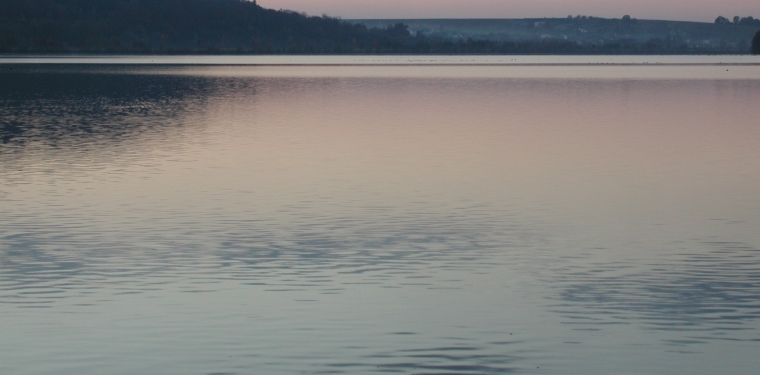Facts About Lake Baikal, the World’s Largest Body of Fresh Water

Located in southeastern Siberia north of the Mongolian border is Lake Baikal, the oldest freshwater lake in the world. Lake Baikal formed 25 million years ago in what geologists believe is a former riverbed. Because the eastern and western shores of this 400-mile long lake are moving apart at the same rate that the continents of Africa and South America are moving away from each other, some scientists believe that Lake Baikal will eventually become an ocean.
How Lake Baikal Formed
Over eons, tremors and fractures in the earth’s crust have increased the size and the depth of the lake itself and the basin in which it is located. The area may have originally been a series of lakes, similar to North America’s Great Lakes, and then united during the Pliocene Epoch. Lake Baikal is in a rift valley where 2,000 earthquakes occur each year and help to deepen and widen the lake.
These seismic events are responsible for making Lake Baikal the deepest freshwater lake in the world. At its deepest, the lake is 5,354 feet deep, while its lowest point lies more than 4,000 feet below sea level.
Why Lake Baikal is Unique
Even though Lake Baikal is the world’s deepest lake, it’s only the seventh largest in the world at 12,248 square miles when surface area is considered. However, the lake is the largest in the world in terms of volume as it holds an astonishing 6,075,957,204,237 gallons of water, or approximately one-fifth of the world’s fresh water supply.
More than 300 rivers and streams feed into Lake Baikal with more than half of the water flowing into the lake coming from the Selenga River. The Angara River is its only outlet, flowing westward from the southwestern end of the lake, eventually flowing into Yenisei River and from there into the Arctic Ocean. Lake Baikal’s outflow encompasses 15.8 trillion gallons of water annually. Surrounded by snowcapped mountains that are more than a mile high, this body of fresh water is considered to be one of the clearest lakes in the world. In summer, when runoff from melted snow enters the lake, visitors can often see more than 130 feet down. The clarity results from the purity of the melted snow, plankton that eat debris and the presence of few mineral salts in the water. Lake Baikal is the only fresh body of water in the world to have deeply oxygenated water in its deepest parts, just like many of the world’s oceans.
What Does This Mean?
Although it is a popular attraction for Russian tourists, Lake Baikal remains a largely untapped source of fresh water for the world’s population. Even as climate change threatens the lake’s biodiversity, some good could come of it with the increasing amount of snow and ice melt. Harnassing the additional fresh water for human consumption could possibly help solve the world’s shortage of potable water while also playing a small part in stemming the rise in the levels of the world’s oceans.




